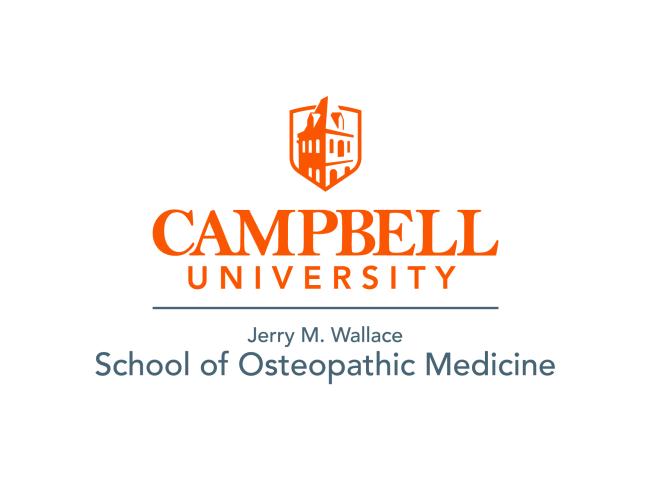

I recently attended an information session for Campbell University School of Osteopathic Medicine (CUSOM) and it was undoubtedly a beneficial experience. Like many students, I’ve heard a lot more about MD programs than DO, and that’s because of the abundance of resources and information related to MD programs. Today I learned these degrees are very similar in what types of medicine one can practice. In fact, last year at CUSOM their students had a match rate of 100% into the following specialties: anesthesiology, diagnostic radiology, emergency medicine, family medicine, internal medicine, neurology, obstetrics & gynecology, pathology, pediatrics, psychiatry, surgery (general), surgery (orthopedics), and urology. This exemplifies the wide array of specialties one can pursue, and by attending an osteopathic medical school, like CUSOM, students will be learning a more holistic approach to caring for patients in these respective fields.
This info session explained more than just the distinction between MD and DO, as it taught me what makes Campbell University its own special place. Located in Buies creek NC, right near Raleigh, students are exposed to nearby rural and underserved areas while also not being far from a larger, more urban city. The school’s mission revolves around community and global health, its student organizations, and exposing students to clinical experiences at an early time point. Their involvement in community service is demonstrated by their free clinic which provides care to those who cannot afford quality healthcare and their mobile health units which serve populations a bit further away from campus. Both also serve as opportunities for student volunteerism. One thing I found fascinating is their implementation of ‘Medical Missions’ in their curriculum. In between each block (which lasts 9 weeks) students have 1 week free to spend however they choose, and CUSOM encourages its students to use this time to travel to a location outside of the US and participate in a medical mission trip.
With respect to the school’s curriculum, I found it to be similar to many other medical schools, with classroom lectures taking place in both first and second year followed by clinical rotations in your third and fourth year. It’s worth noting that CUSOM creates a weekly individualized schedule for each student. Monday through Thursday first and second years will typically have lectures from 8am-12pm followed by a lunch break and then their lab period (which corresponds with whatever the lecture material was for that day). Fridays, however, consist of a morning quiz related to that week’s material and then the rest of the day is free for the student. Third and fourth year students spend their time at their matched clinical site participating in clinical rotations. Students have 11 different sites to choose from in locations throughout North Carolina and even one in South Carolina. The environments range from rural to urban and from landlocked to coastal – it’s really up to the student as to where they would like to gain more medical knowledge. CUSOM also doesn’t require that the entirety of the rotation be spent at one’s assigned clinical site; students can even spend time doing rotations outside of the US.
Now that I’ve given some background on the school, I’d like to share some information about their application process. Like all other schools, CUSOM has a primary application which opens in June and requires a personal statement and prerequisite work and activities. Selected applicants will receive a secondary application, and this is where they’ll be asked to submit a letter of recommendation from an MD or DO as well as a science professor. Beyond this phase, CUSOM conducts interviews that last 20-30 minutes with their admissions committee as well as a Q&A session for prospective students to ask current students whatever they want to know about the school (seriously, can ask anything). Prospective students can apply up until March 1st but because the acceptance is rolling, it’s recommended that you apply as soon as your application is ready. The entire process – from application submission to decision – takes 2-3 months.
In sum, I really enjoyed learning about Campbell University School of Osteopathic Medicine, and I hope anyone reading does as well. If interested in learning even more about the school, their website is provided here.
By Caroline Centeno '24
